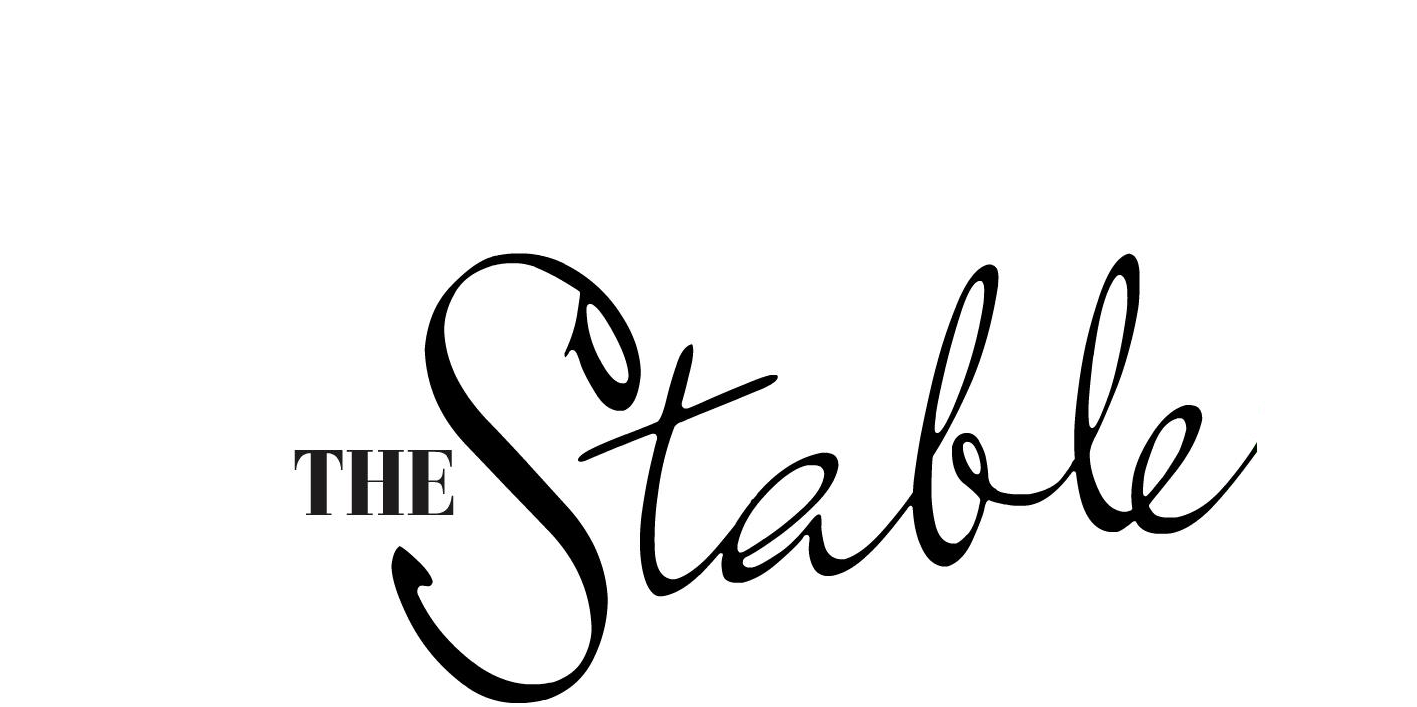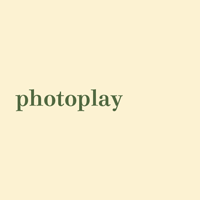Smart Eye Camera is an interesting campaign. The idea came from the client. The product was invented by OUI Inc.’s founder, a practising ophthalmologist in Japan, to solve his own diagnostic problems in Japan and developing nations. It turns ordinary smartphone cameras into diagnostic tools for a range of eye conditions that can impair vision and lead to blindness. TBWA\Hakuhodo was involved in the product’s development and promotion. That work won ten awards at MAD STARS this year, including two Golds – one in Innovation and the other in Sustainable Development Goals.
Takahiro Hosoda, chief creative director if TBWA\Hakuhodo took The Stable behind the scenes of a product with the power to save the sight of up to 120 million people in the next 30 years.
The Stable: Where did the idea for the OUI Smart Eye camera come from?
Takahiro Hosoda: The origin traces back to OUI Inc. founder and ophthalmologist, Dr Eisuke Shimizu’s, volunteer work in rural Vietnam, where he participated in cataract surgeries as part of an NPO medical mission. In those villages, none of the diagnostic instruments that are considered standard in Japanese eye clinics were available. Instead, local medical staff were attempting to examine patients’ eyes using only the light from their smartphones.
Witnessing this scene, Dr. Shimizu had an insight, “If we could somehow convert the light from a smartphone into the kind of illumination ophthalmologists rely on, maybe we could bring eye diagnostics to regions without medical equipment.” That realisation became the spark that led to the creation of the Smart Eye Camera.
The Stable: What is the importance of the Smart Eye camera? What needs does it solve?
Takahiro Hosoda: The Smart Eye Camera is a portable medical device that turns an ordinary smartphone into a diagnostic tool capable of performing eye examinations anytime, anywhere. Worldwide, approximately 44 million people live with blindness, a figure expected to reach 120 million by 2050. Over half of these cases are preventable or treatable if only patients had access to basic eye-care diagnostics.
By using the Smart Eye Camera, healthcare workers can screen patients in underserved areas and connect them with ophthalmologists or local medical institutions for treatment. Through this innovation, OUI Inc. aims to eliminate preventable and treatable blindness and visual impairment across the globe.
The Stable: What were the most important features it needed to have and why?
Takahiro Hosoda: The Smart Eye Camera’s greatest strength lies in its ingenious simplicity. It operates using only the smartphone’s built-in camera and light source – no external illumination required. This design makes the device lightweight, durable, and reliable, even in harsh conditions. In regions where maintaining complex medical equipment is difficult, such toughness and portability are crucial.
Even medical staff without ophthalmology training can easily capture high-quality eye images suitable for remote diagnosis by specialists. In many countries, ophthalmologists are concentrated in urban centres, leaving rural areas underserved. The Smart Eye Camera effectively transforms non-specialists into “eye-care-capable” practitioners.
Furthermore, by analysing the captured images through machine-learning models, OUI is developing AI-based systems that can automatically detect various eye diseases. The ultimate goal is a future where anyone, anywhere, can safeguard their vision – without needing to visit an eye specialist.
The Stable: What did its campaign need to do? How did TBWA\Hakuhodo’s campaign achieve it?
To fulfill the mission, Turning every doctor into an ophthalmologist, OUI Inc. needed an idea unlike any other. OUI Inc. turned to TBWA\HAKUHODO to design a product experience that any doctor, under any circumstance, could access – affordable, intuitive, and universally usable.
This required creativity that went beyond conventional product development, resulting in innovations such as:
- A simple 3D-printable structure (priced at roughly 1/30 of conventional ophthalmic devices and weighing only 14 grams)
- No electronic components, ensuring exceptional durability and easy repair
- Intuitive tutorial videos, eliminating the need for specialised training
These design choices allowed non-ophthalmic healthcare workers around the world, regardless of language or environment, to perform accurate eye examinations.
By achieving unmatched affordability and usability, the Smart Eye Camera has brought a breakthrough to global eye-care screening.
The Stable: How does the campaign align with Hakuhodo’s purpose as an agency?
TBWA\HAKUHODO’s mission is “to create meaningful change in society”. This vision perfectly resonates with the Smart Eye Camera project, which tackles one of the world’s most pressing healthcare challenges. Solving such global issues requires not only technological innovation but also the power of design – across product, experience, and communication.
By applying its creative and design expertise, the agency continues to take on the challenge of driving meaningful transformation in ophthalmic healthcare and beyond.














Leave A Reply